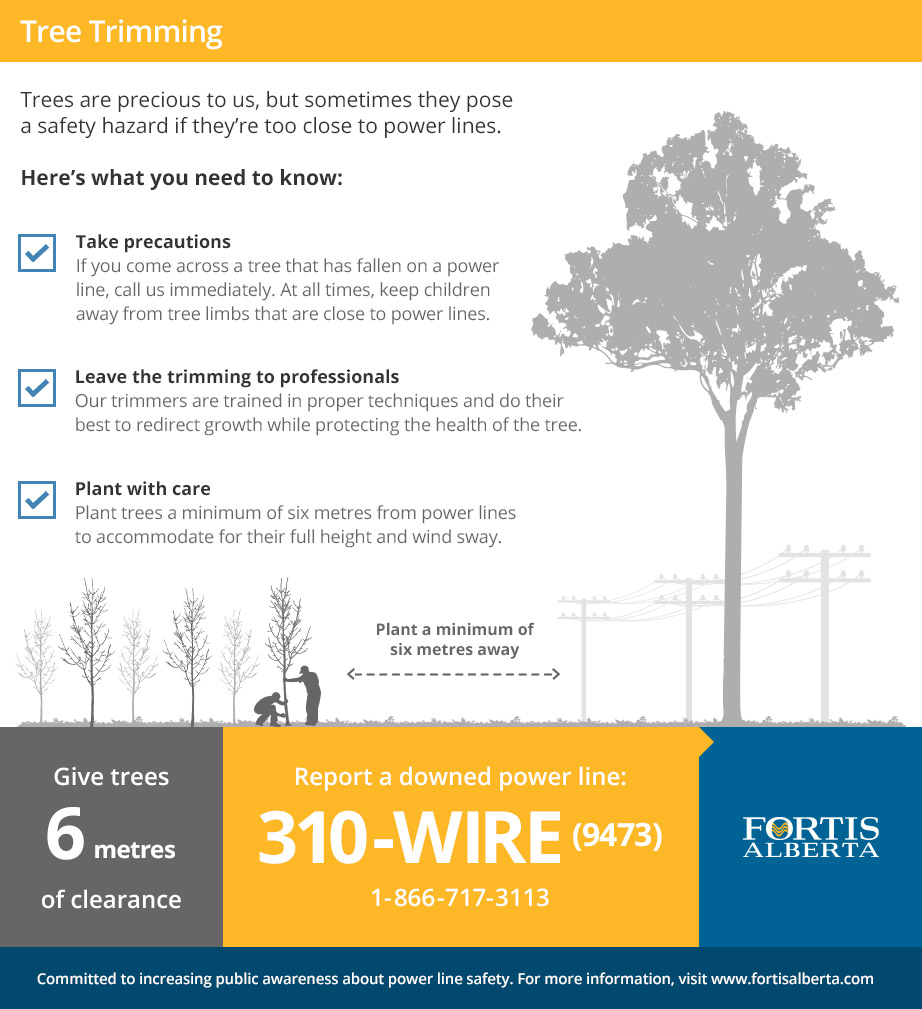Protecting Your Landscape: Replanting After Tree Removal
Protecting Your Landscape: Replanting After Tree Removal
Blog Article
Created By-Asmussen Hudson
Tree removal can leave a void in your landscape that requires filling. You can grow something new in that area, but it takes additional care and focus at the starting to aid it flourish.
The dirt because location will keep transforming with time as microorganisms break down the old roots. That can influence the nutrient equilibrium and physical space for brand-new growth.
Dirt
The soil in a story where a tree has actually been eliminated is likely to be very various from the rest of your garden or backyard. arboriculture of the old tree and the stump will certainly have altered the soil, eliminating some nutrients and possibly crowding out various other plants. Furthermore, if the previous tree was unhealthy, the transmittable agent may still remain in the ground.
The presence of roots fosters an abundant and varied area of soil microbes that enhances crucial procedures like nutrition cycling and raw material decomposition. Without these microorganisms, the displaced dirt can come to be much less abundant and nutrient-depleted, with an adverse impact on plant growth.
Prior to replanting, the soil needs to be removed of debris and natural material (such as wood chips from stump grinding). You may want to mix in potting soil or indigenous dust with this garden compost to offer your brand-new growing with an atmosphere that is well balanced and loaded with nutrients.
Water
Tree origins take in huge amounts of water from the dirt. This process likewise adds nutrients back to the dirt, especially nitrogen, which is important for brand-new trees and plants. However, old dirt can be depleted of these essential minerals due to the decaying origins and stump from a gotten rid of tree.
This is why it's important to have a prepare for the future of your landscape. Preferably, the very best time to plant is when you have a fresh start.
Whether you're planting turf or blossoms, see to it to make use of a soaker tube to stay clear of overwatering your brand-new landscape design. If the area was a yard, make sure to cover the soil with organic mulch to help keep dampness in the soil, control soil temperature levels and suppress weeds. This also supplies a layer of security for young plants and advertises worm activity. After that, regularly replenish the compost to continue improving the dirt nutrient thickness and microbial life. This is called soil restoration.
Light
Trees are a wonderful enhancement to any type of landscape, giving color, visual pulchritude, and lots of various other advantages. Nevertheless, sometimes trees become undesirable due to a variety of factors, consisting of disease, parasite infestations and all-natural aging.
In such instances, it may be required to remove a tree. It's important to consider the worth of a certain tree in your landscape design and take the correct actions to ensure that the elimination is done securely and effectively.
During the late summertime, it's an optimal time to carry out upkeep and examinations on existing trees. Look for signs of illness, insect infestations, or structural damage, in addition to any type of prospective hazards such as damaged or leaning trees.
Before starting any type of building and construction projects, make sure to protect the root areas of existing trees by staying clear of soil compaction and grading around them. Raw material, as it breaks down, can create harmful gases that are destructive to the origins of a tree. It's additionally a great concept to mulch the location around a tree after building has ended up to preserve moisture and subdue weed development.
Temperature
Trees are important to a landscape for their aesthetic allure, but they likewise play a crucial role in the regional environment by offering color and windbreaks. They sustain wildlife environments and reduce the quantity of carbon dioxide in the air, which can contribute to international warming. Suggested Studying is why it is advisable to replant trees after removing one from the home.
When replanting a brand-new tree in the place of a previous stump, the dirt may not have sufficient nutrients to support it. It is best to wait on a year prior to growing to guarantee that the soil will be rich in nutrients.
To make sure that replanted trees flourish, it is essential to provide them with appropriate care. A layer of compost will keep soil wetness from vaporizing, manage soil temperature level, and help subdue weeds. Organic mulch is the preferred choice since it enhances soil fertility. Continuous fertilization and pest control are additionally important for replanted trees.